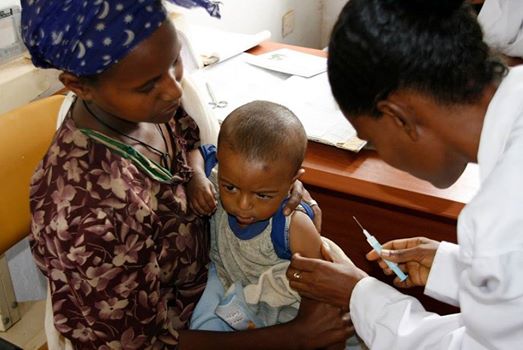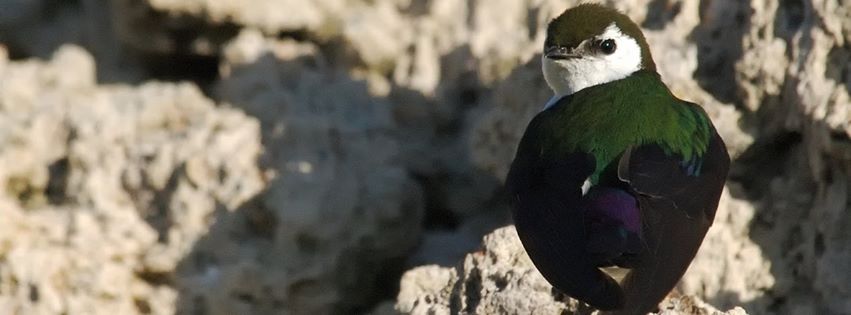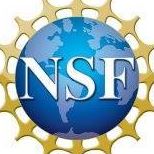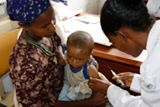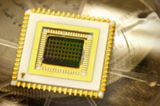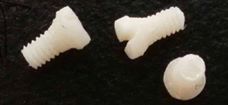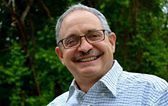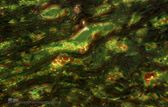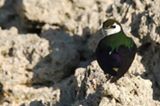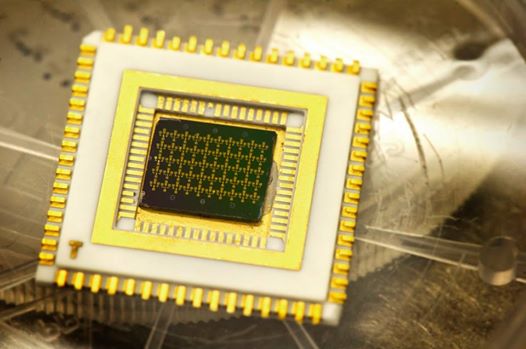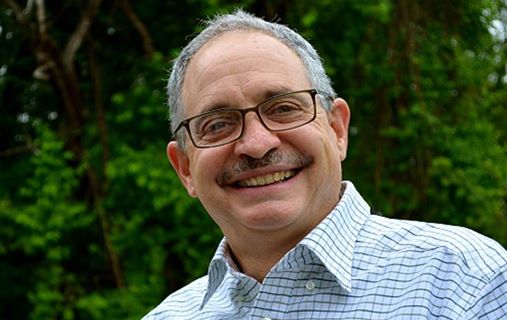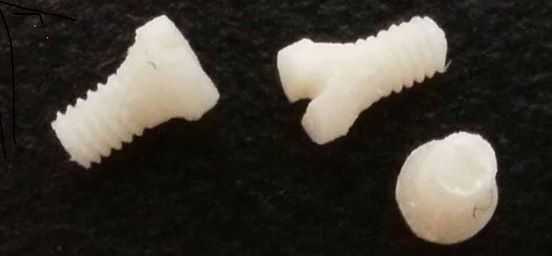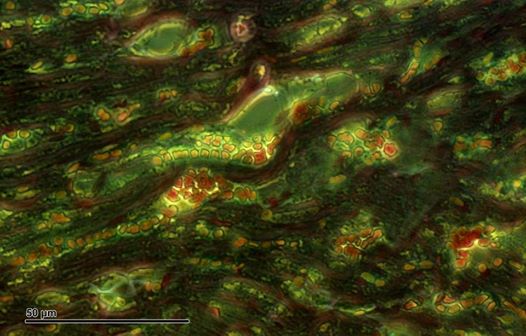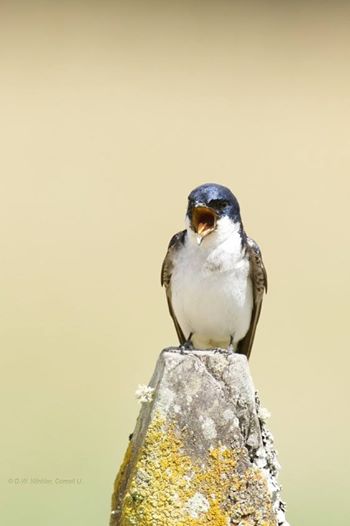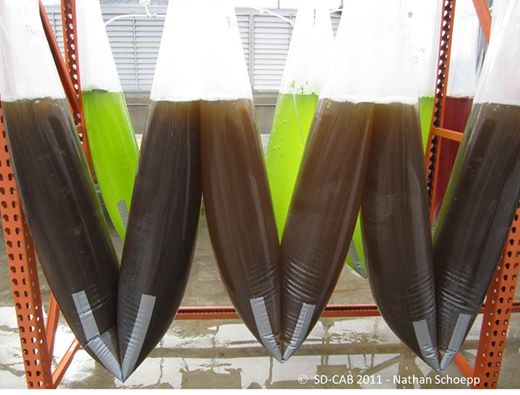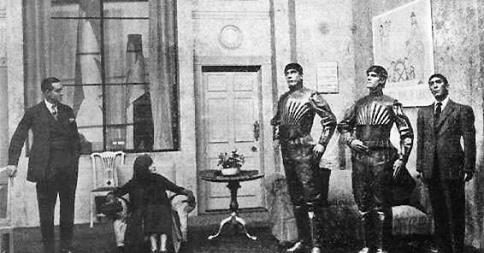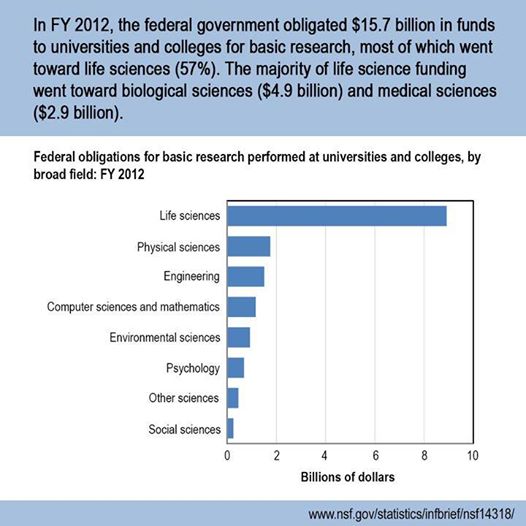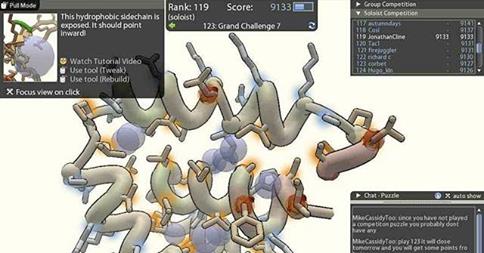The global challenges increasingly defining our modern world -- food security, emerging diseases, biodiversity loss -- require application of a more ancient principle: evolution.
A paper released today in the journal Science - whose author...s include many NSF-funded researchers - recommends using applied evolution to help direct sustainable development.
"The fact that we're changing the world means that evolutionary processes are going to be affected," says one researcher. "The question is: Do we want to be engaged in this change, or not?" http://1.usa.gov/1oy6XlK
Photo: A child in Ethiopia receives a measles vaccination. Credit: Pete Lewis, UK Department for International Development See More
A paper released today in the journal Science - whose author...s include many NSF-funded researchers - recommends using applied evolution to help direct sustainable development.
"The fact that we're changing the world means that evolutionary processes are going to be affected," says one researcher. "The question is: Do we want to be engaged in this change, or not?" http://1.usa.gov/1oy6XlK
Photo: A child in Ethiopia receives a measles vaccination. Credit: Pete Lewis, UK Department for International Development See More
